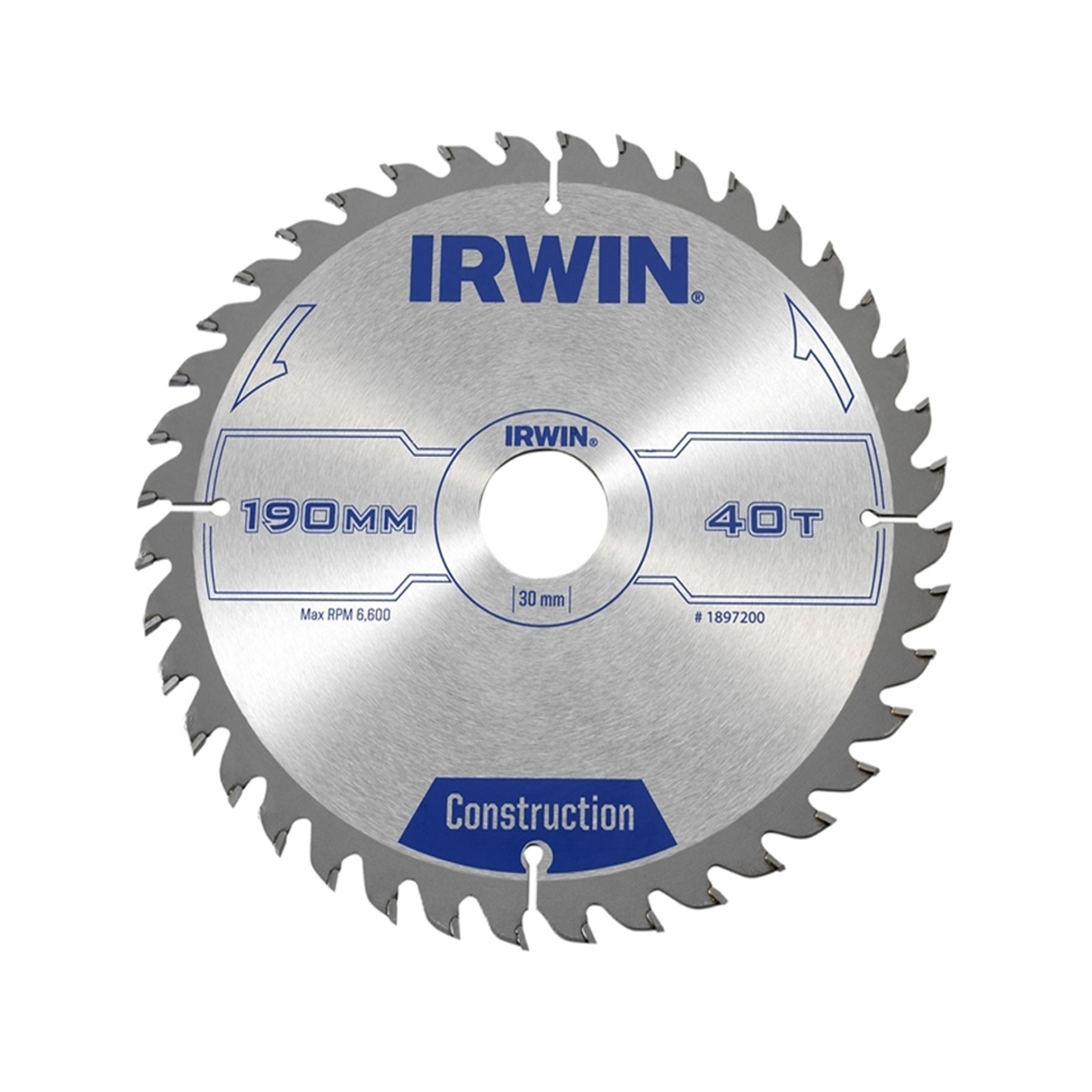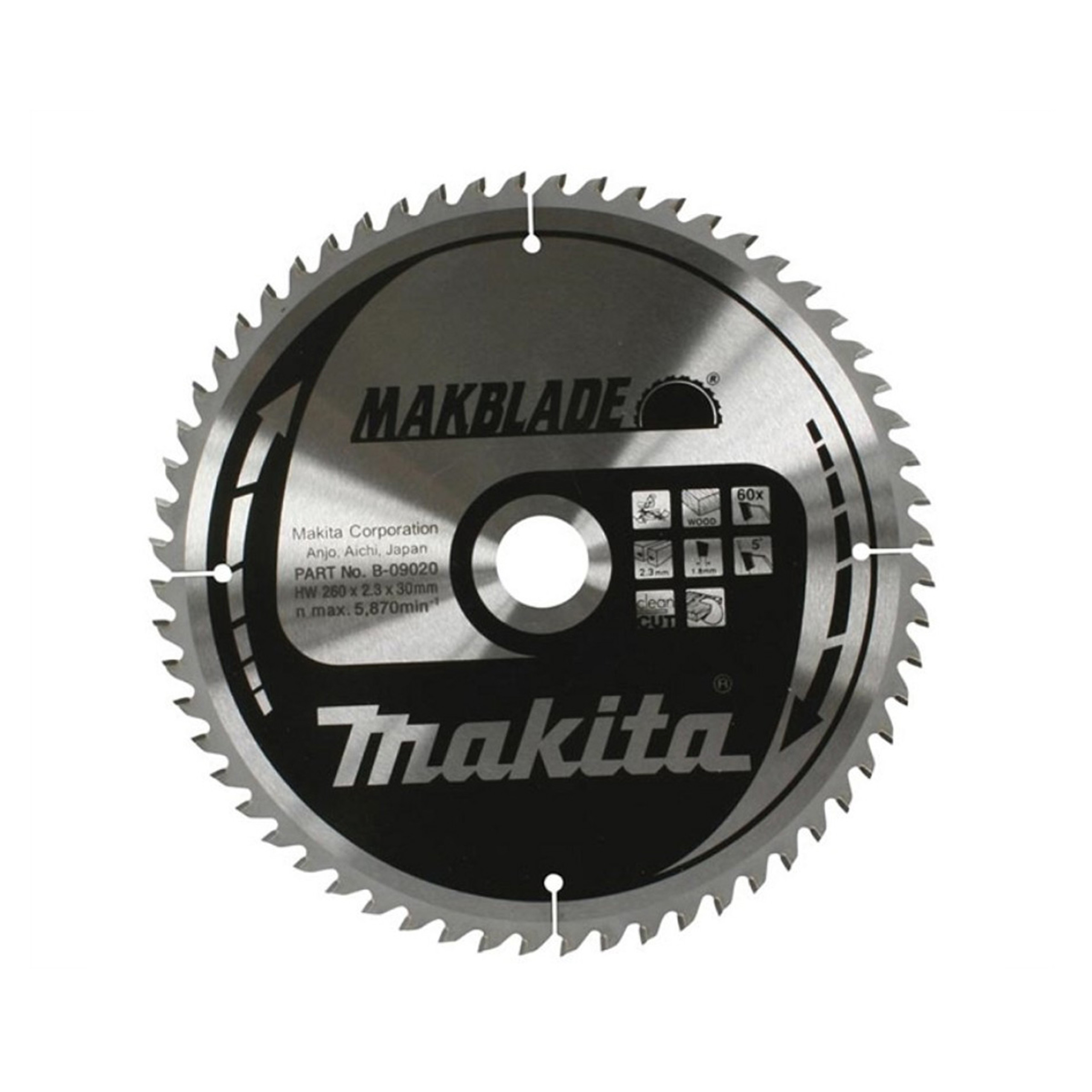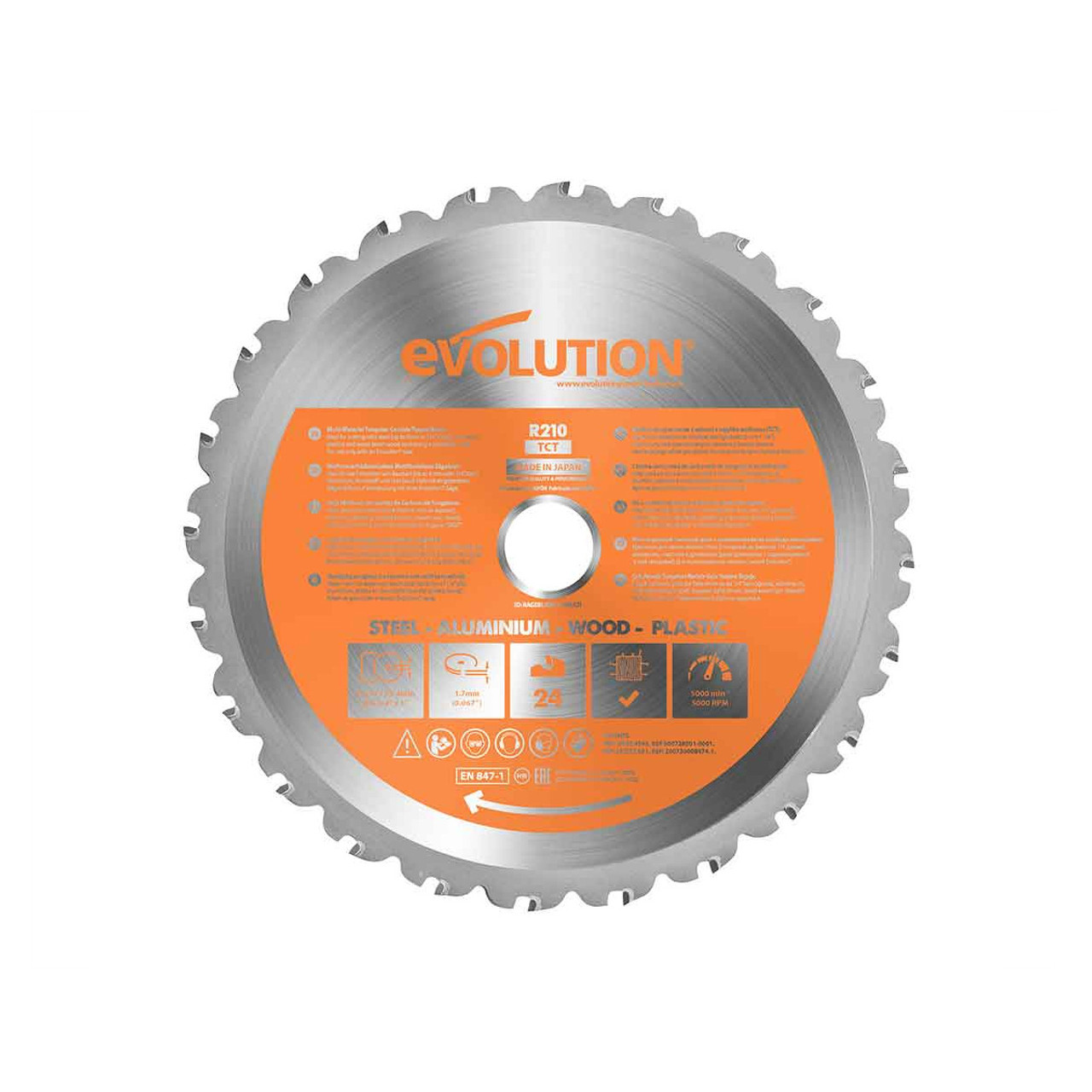Buying Guide: Choosing the Best Circular Saw Blade in 2024

Circular saws, mitre saws and table saws all use circular saw blades, so they must be the same, right? Well, no, it’s unfortunately not quite that simple. Some blades are designed to be used only with particular saw types and materials. Using the wrong blade may cause danger and result in poor-quality cuts!
Selecting the best circular saw blade for your saw is essential for safety reasons. Before buying the blade, you must consider what materials it will be used on, what types of cuts you want to make, how powerful your saw is and what the manufacturer recommends.
There are several characteristics of a circular saw blade:
Blade Diameter
It is vital to select a blade with a diameter that does not exceed the maximum diameter of the blade designed to be used with your saw. These characteristics are usually printed on the face of the circular saw blade, along with the bore size, number of teeth and kerf thickness. Most modern circular saws have covers or safety guards in place that will physically limit the maximum diameter of the blade you can use, but it is also essential to consider your cutting requirements and the specific RPM (revolutions per minute) of your saw.
Bore Size
Another important feature to be aware of is the blade bore size. The bore is the hole at the blade’s centre where you attach it to the saw. You can use a blade with a bigger bore; however, you will need an adapter known as a ‘reducer ring’ to get the right fit.
Number of Teeth
The number of teeth your blade has is vital for the type of cut you want to achieve. Blades with more teeth deliver a smoother, finer cut. In contrast, blades with fewer teeth provide faster, rougher cuts. There are three main types of circular saw blades according to their teeth count:
Ripping Blades
Ripping blades have fewer teeth per inch. The aim of a blade with fewer teeth is to remove material quickly. This blade type won’t provide the smoothest cut, but it will move through tougher materials with little effort and leave a fairly clean cut with minimal scoring. This is achieved with the use of flat-top (FT) teeth. These blades are usually 10″ blades with 50 teeth or 12″ with 60 teeth.
Crosscut Blades
Blades with more teeth, or crosscut blades, are designed for smooth cuts across the material’s grain with minimal splintering or tearing. This blade makes more individual cuts as it moves through the material, and thus, it has a slower cutting rate. These blades have alternate top bevel (ATB) teeth that alternate between right-hand and left-hand bevels. As crosscutting, we classify 10″ blades with 60 teeth or 12″ with 80 teeth.
Combination Blades
Combination blades have different teeth configurations with groups of five teeth – four ATBs and one FT. Each group of teeth is followed by a large gullet. Usually 10″ blades with 50 teeth or 12″ with 60 teeth, these blades are the most commonly used type as they are multipurpose and combine the functions of both ripping and crosscutting blades.
Gullet Size
The gullet is the space between the teeth of your saw blade, and it is as important as the number of teeth on the blade. The size and depth of the gullet affect how much waste material is cleared out as the blade spins.
Blade Material
There are various blade materials with different applications and functions. High-speed steel blades (or HSS blades) are more rigid than regular steel blades and stay sharp longer. Carbide-tipped blades are even sharper and more durable than HSS and steel blades; however, they are also more expensive. As the name suggests, the reason for that is that they have carbide tips attached to their teeth.
You will often see lines and circles cut out of the face of your saw blade; these are ‘expansion slots’. As you cut, the friction creates heat and causes your metal blade to expand. These ‘expansion slots’ are designed to allow your saw blade to expand and contract without the blade warping and throwing your cuts out of true.
Another sturdy blade used for cutting tougher materials is the tile-cutting blade. These blades are specifically designed to cut ceramic tiles, and the most advanced blades have diamond tips.
Finally, the masonry blades, made of abrasive material, are for cutting concrete, brick, and other masonry materials.

Plate & Kerf Thickness
The blade plate is the steel, central part of the saw blade. Usually referred to in regards to thickness.
Saw blade kerf refers to the width of the material removed when cutting. It is generally wider than the blade plate.
A thin kerf blade generates less sawdust and, consequently, less waste. However, this blade type is sensitive to heat and vibration, and as a result, you get more wavy cuts.
Thicker blades, also known as full-kerf blades, are generally sturdy, less affected by heat during cutting, and do not bend easily. The kerf of these blades is usually 1/8″ thick.
Blade Angles
Face Angle
Face angle is the angle of the blade tooth as viewed from above. Standard blade teeth are positioned at a right angle to the plate, whereas shear face teeth are tilted alternately to the left and right.
Rake (Hook) Angle
A rake or hook angle is the direction of the face of the tooth in relation to a radial line drawn through the centre of the saw blade. Blades with a positive rake angle cut faster with less feed pressure. Meanwhile, blades with negative rake angles make slower scraping cuts and require more feed pressure.
Top Bevel Angle
The top bevel angle refers to the angle across the top of a blade’s tooth when viewed straight from the front. The steeper the angle, the better the scoring action on either side of the cut.

FAQ
What materials can circular saw blades cut?
Circular saw blades can cut a wide range of materials, including wood, plywood, MDF (medium-density fiberboard), particleboard, plastic, aluminum, and thin sheet metal. The blade’s composition, tooth design, and tooth count influence its effectiveness with different materials. Specialized blades are also available for cutting materials like ceramics, concrete, and ferrous metals.
How do I change a circular saw blade?
To change a circular saw blade:
- Disconnect the saw from the power source to ensure safety.
- Use a wrench to loosen the arbour nut that holds the blade in place.
- Remove the old blade carefully, noting the direction of the teeth.
- Place the new blade onto the saw, ensuring the teeth face the front.
- Tighten the arbour nut securely using the wrench.
- Double-check that the blade is properly installed and secure before reconnecting the power and resuming use.
Can I sharpen a circular saw blade?
While it’s possible to sharpen some circular saw blades, it may be more practical to replace them, especially if they have carbide tips. Sharpening can be complex and requires specialized tools. Regular maintenance, such as cleaning and ensuring proper tension, can help extend the blade’s life. If you decide to sharpen, follow the manufacturer’s recommendations and seek professional assistance if needed.
If you have any more questions, please do not hesitate to contact us on 01358 726719 or at admin@toolden.co.uk








